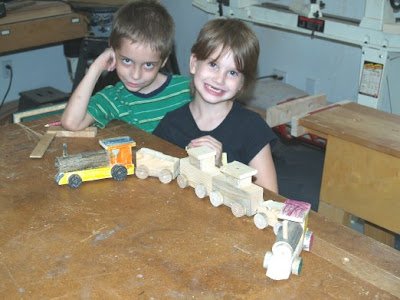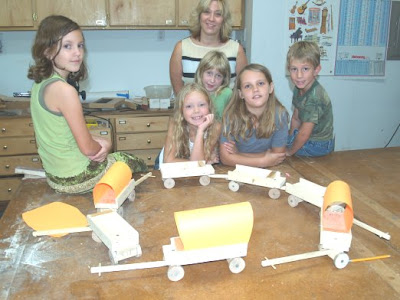Some time ago, when anthropologists were trying to figure out what to call our species they came up with the term "homo sapiens" which means "wise" or "knowing man." At that time, we were not "evolved" to our current state. There were no big-box stores or Walmart shoppers, just men and women up to the usual: wars and other expressions of mindless inhumanity. As we review the current state of our culture and our disastrous impact on the natural environment, we might consider the naming of man as "wise" as a classic example of wishful thinking. There was hope in the naming. It describes our potential, but rarely the reality of our behavior or existence.
There is another name for us, our species, that is more widely used, that of "human being" which suggests a passive quality and a stillness. Wishful thinking again. There is no stillness or "being" to be found in the relentlessness of human activity. Even when our bodies are stilled, we are surrounded by the things we have set in motion, the whir and rattle of motors and the silent but powerful streams of electrons connecting us to thoughts, sounds and images from far beyond.
At one time another name was proposed for us, homo faber, man the maker.
So here I am this morning at the edge of Detroit, Michigan "motor city," the home of Henry Ford and the automobile, reflecting on the day to come, making boxes. There is something at the core in each of us that calls our hands, hearts and minds to make. There is a stillness of being and arrival of spirit that comes from simple things... A sharp plane passes along a rough edge, leaving soft smoothness in its wake. There is something more in the whisper of that plane than our civilization writ large can comprehend. So we learn, one heart, two hands, at a time. There is a movement in it.
For the homo sapiens and humans among us, we are talking about wisdom, and being. It is the stillness that arrives in quiet hand/heart-driven creativity, like what Henry Ford felt in his own shop before he set too many wheels in motion. As we have seen, things can get out of hand.
But we
can take things back... Grab life in our own hands... Make things of usefulness and beauty... Grow, learn, gain skill, get better, then teach our children to engage in the sensitivity of craftsmanship. It is a reversal of sorts, an end of wishful thinking, the arrival and expression of wisdom. With a little bit of shop time, some remediation of the hand, some restoration of dignity to craftsmanship perhaps homo sapiens and homo faber might come to mean the same thing.
 These days, being a boy isn't quite what it once was, and if you would like a glimpse of what it was and what it again could be (at least for some), check out Ernest Thompson Seton's book Two Little Savages It may remind you of some aspects of your own childhood, or it may fill you with longing for the childhood you never had. Ernest Thompson Seton was a well known author and one of the founders of the Boy Scouts of America. The illustration above is from the dedication of his book and I think it will explain the deep attraction I feel for his work.
These days, being a boy isn't quite what it once was, and if you would like a glimpse of what it was and what it again could be (at least for some), check out Ernest Thompson Seton's book Two Little Savages It may remind you of some aspects of your own childhood, or it may fill you with longing for the childhood you never had. Ernest Thompson Seton was a well known author and one of the founders of the Boy Scouts of America. The illustration above is from the dedication of his book and I think it will explain the deep attraction I feel for his work.




































